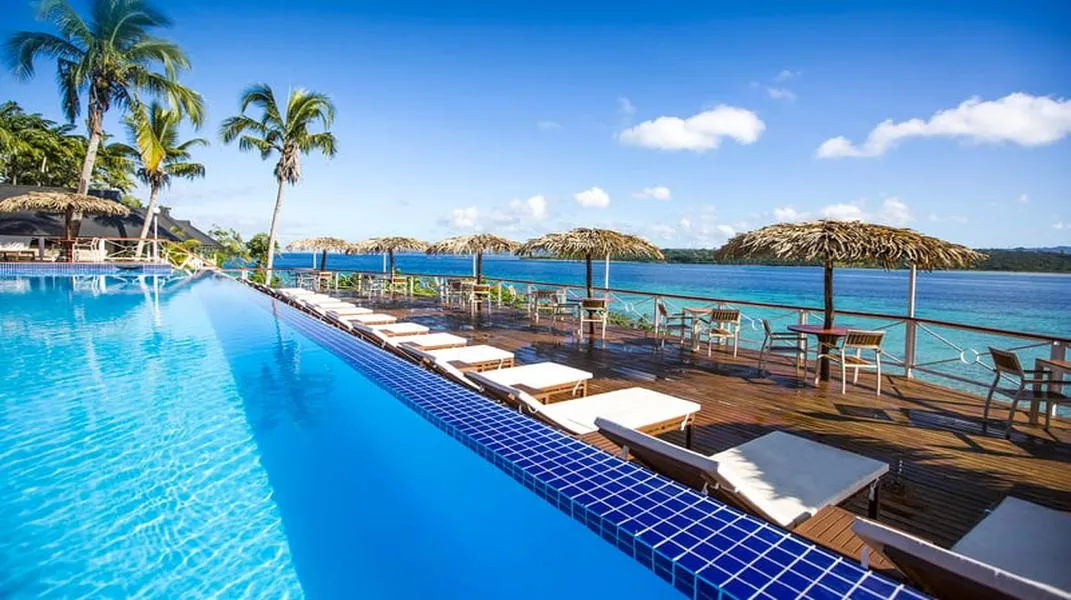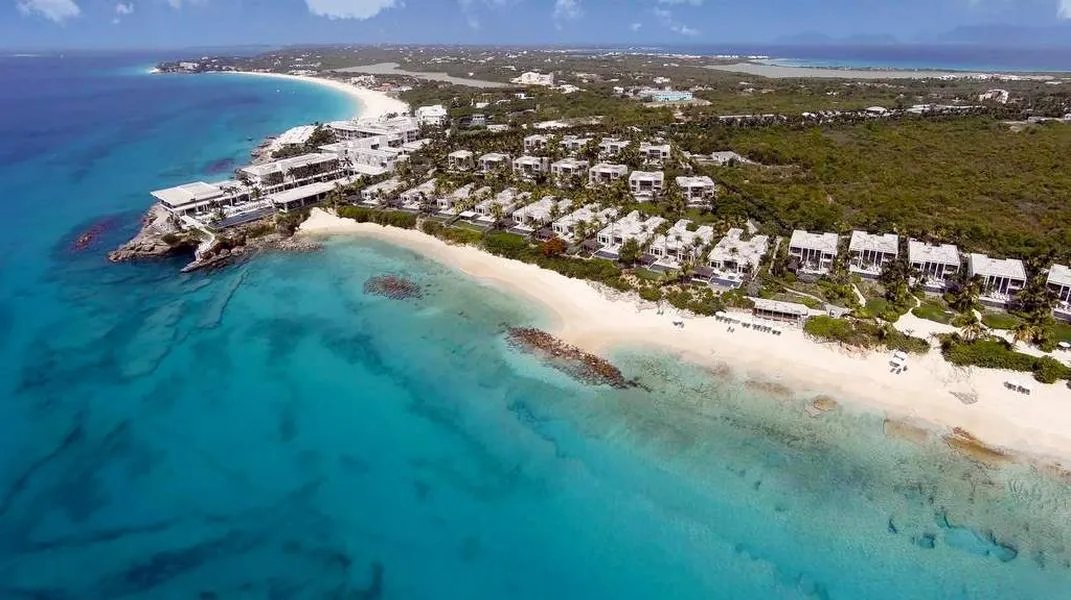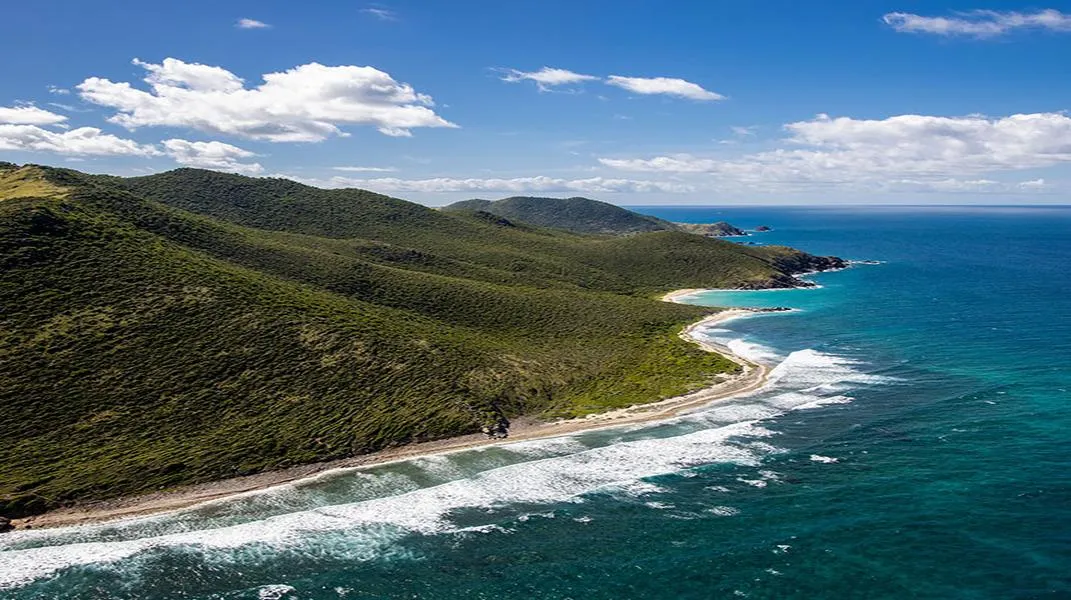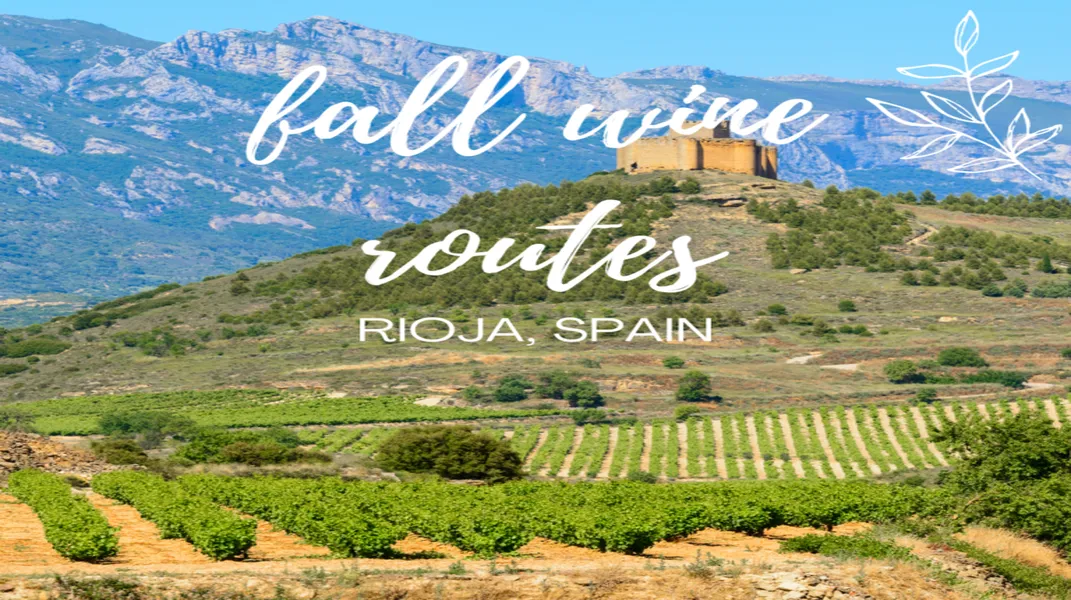Exploring Moab: A Desert Paradise for Adventurers and Nature Lovers
Nestled in the heart of southeastern Utah, Moab is a breathtaking destination renowned for its stunning landscapes, outdoor adventures, and rich cultural history. This charming town serves as a gateway to two iconic national parks: Arches National Park and Canyonlands National Park. With its red rock formations, vibrant sunsets, and diverse recreational activities, Moab is a must-visit for anyone looking to immerse themselves in nature's beauty.
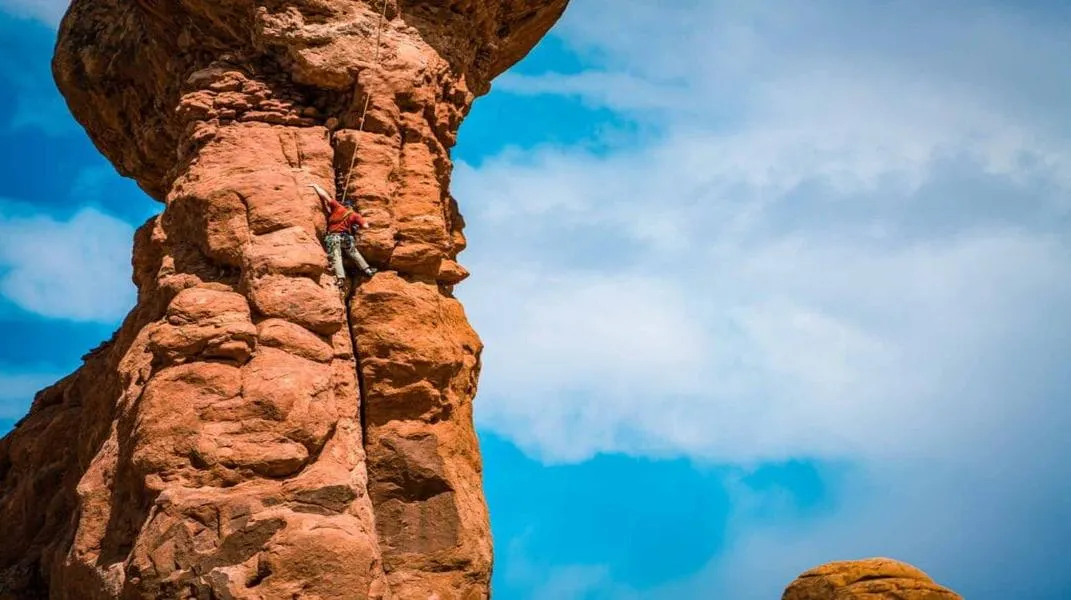
The Allure of Moab
Moab is often described as an outdoor playground, attracting visitors from around the globe. The region boasts a unique combination of geological wonders, including towering sandstone arches, deep canyons, and expansive desert vistas. The area's distinct topography has been shaped over millions of years, creating a dramatic landscape that draws photographers, hikers, rock climbers, and mountain bikers alike.
Arches National Park is perhaps the most famous attraction in the region, home to over 2,000 natural stone arches, including the iconic Delicate Arch. This park offers a variety of hiking trails, ranging from easy strolls to challenging treks, allowing visitors to explore the unique geological formations up close. The park's stunning scenery is further enhanced by the vibrant colors of the surrounding landscape, particularly at sunrise and sunset when the rocks seem to glow in shades of red and orange.
Canyonlands National Park, a short drive from Moab, features vast canyons, mesas, and buttes carved by the Colorado River. The park is divided into four districts: Island in the Sky, The Needles, The Maze, and the rivers themselves. Each area offers distinct experiences, from panoramic views at Island in the Sky to the intricate rock formations in The Needles. Adventurers can hike, camp, or raft through the stunning terrain, making it a paradise for outdoor enthusiasts.
In addition to the national parks, Moab is surrounded by numerous state parks, BLM lands, and scenic byways. Popular activities include off-roading on the famous Slickrock Trail, mountain biking on the extensive trail network, river rafting on the Colorado River, and exploring the area's rich Native American history through petroglyphs and archaeological sites.
Preparing for Your Visit to Moab
To ensure a memorable experience in Moab, proper planning and preparation are essential. Here’s a comprehensive guide to the materials and items you should consider bringing along for your adventure.
1. Clothing and Footwear
Layered Clothing: The weather in Moab can vary significantly throughout the day. Mornings and evenings can be chilly, while afternoons may be hot. Dressing in layers allows you to adjust your clothing to suit the temperature. Lightweight, moisture-wicking fabrics are ideal for daytime activities, while warmer layers are necessary for the evenings.
Hiking Boots: A good pair of hiking boots is essential for exploring Moab’s rugged terrain. Look for boots that provide adequate ankle support and traction, as many trails can be rocky and uneven. If you plan to do a lot of walking, consider breaking in your boots before your trip to avoid blisters.
Sun Protection: The high desert sun can be harsh, even during cooler months. A wide-brimmed hat, UV-blocking sunglasses, and lightweight long-sleeved shirts can offer added protection against the sun's rays.
2. Hydration and Nutrition
Water Bottles or Hydration Packs: Staying hydrated is crucial in the dry desert climate. Bring reusable water bottles or a hydration pack to ensure you have enough water during your hikes and outdoor activities. Aim to drink at least half a gallon of water per day, more if you are engaging in strenuous activities.
Snacks and Meals: Pack high-energy snacks such as trail mix, granola bars, and dried fruits for your adventures. If you plan on picnicking, consider bringing a cooler with sandwiches, fruits, and other easy-to-eat foods. There are also several dining options in Moab, ranging from casual eateries to fine dining.
3. Navigation and Safety Gear
Maps and GPS Devices: While many trails are well-marked, having a physical map of the area can be invaluable, especially in remote regions. Consider downloading offline maps on your smartphone or using a dedicated GPS device for navigation. National park visitor centers also provide maps and information about current trail conditions.
First Aid Kit: A basic first aid kit is an essential item for any outdoor adventure. Include items such as adhesive bandages, antiseptic wipes, pain relievers, and blister treatment to address any minor injuries that may occur during your excursions.
Emergency Whistle and Flashlight: Carrying a whistle can be a lifesaver in case you get lost. A small flashlight or headlamp is also wise, especially if you plan on hiking during dawn or dusk.
4. Camping Equipment (if applicable)
If you're planning to camp in Moab, you'll need to prepare accordingly. Here’s a list of camping essentials:
Tent and Sleeping Gear: A sturdy, weather-resistant tent is crucial for a comfortable night's sleep. Don’t forget sleeping bags (appropriate for the season) and sleeping pads for added comfort.
Cooking Equipment: If you plan to cook meals at your campsite, consider bringing a portable camping stove, cookware, utensils, and biodegradable soap for cleaning. Don’t forget to pack your cooler with perishable items.
Fire Safety Items: If your campground permits campfires, bring fire-starting materials, such as matches or a lighter, and consider a portable fire pit for safety. Always adhere to fire regulations and ensure all fires are completely extinguished before leaving the campsite.
5. Outdoor Recreation Gear
Depending on the activities you plan to enjoy, consider packing the following gear:
Hiking Poles: For those tackling challenging trails, hiking poles can provide stability and reduce strain on your knees.
Mountain Biking Gear: If you plan to explore Moab’s famous biking trails, bring your mountain bike or rent one locally. Don't forget your helmet, gloves, and repair kit for any potential bike issues.
Climbing Equipment: Moab is a renowned climbing destination. If you're experienced and plan to scale its famous rock formations, bring your climbing gear, including ropes, harnesses, and protective equipment.
Rafting Gear: For river rafting enthusiasts, consider bringing your own inflatable kayak or raft, or plan to join a guided tour. Ensure you have life jackets and other safety equipment.
6. Photography Equipment
The mesmerizing landscapes of Moab provide ample opportunities for photography. Bring your camera or smartphone to capture the stunning views. Consider packing the following:
Tripod: A tripod is essential for nighttime photography and capturing long-exposure shots of the stars or the vibrant sunsets.
Extra Batteries and Memory Cards: The beautiful scenery may lead to an abundance of photos. Bring extra batteries and memory cards to ensure you have enough storage for your memories.
Lens Filters: Polarizing filters can help enhance colors and reduce glare when photographing the vibrant rock formations.
Conclusion
Moab is a treasure trove of natural wonders and outdoor adventures, offering something for everyone. Whether you're hiking to the famous Delicate Arch, biking the thrilling trails, or simply soaking in the stunning landscapes, this charming town will leave a lasting impression. By preparing adequately and packing the right materials, you can ensure a safe and enjoyable experience in this desert paradise.
So pack your bags, gather your gear, and get ready for an unforgettable adventure in Moab, where the beauty of the great outdoors awaits you.

